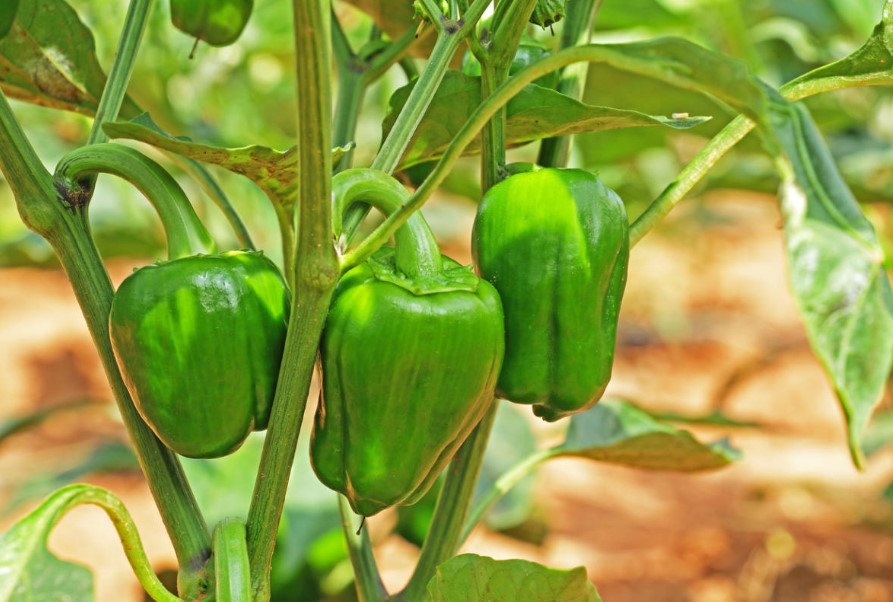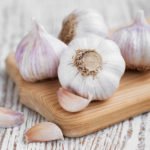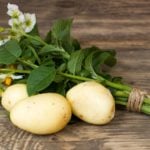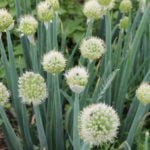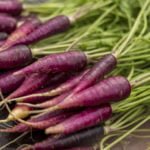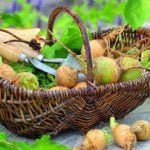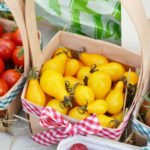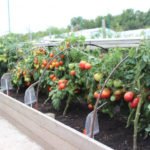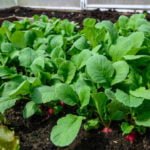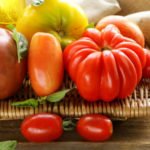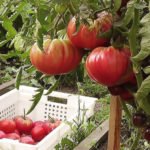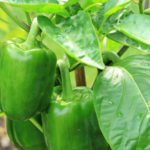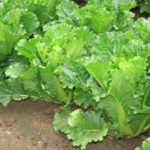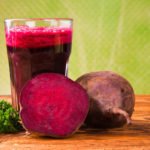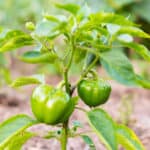Gardeners have a stereotype about the slow germination of seeds of some crops: carrots, for example, take a very long time to germinate! Pepper belongs to the same category of seeds.
And in vain! He can rise very quickly!
Bell pepper: heat requirements
Pepper grows very slowly while it is at the growth stage, just when it begins to bloom, the bush develops rapidly. Where tomatoes will rise on the fifth day, the first timid loops of pepper will appear on the twentieth. That’s where the desire to sow pepper early comes from.
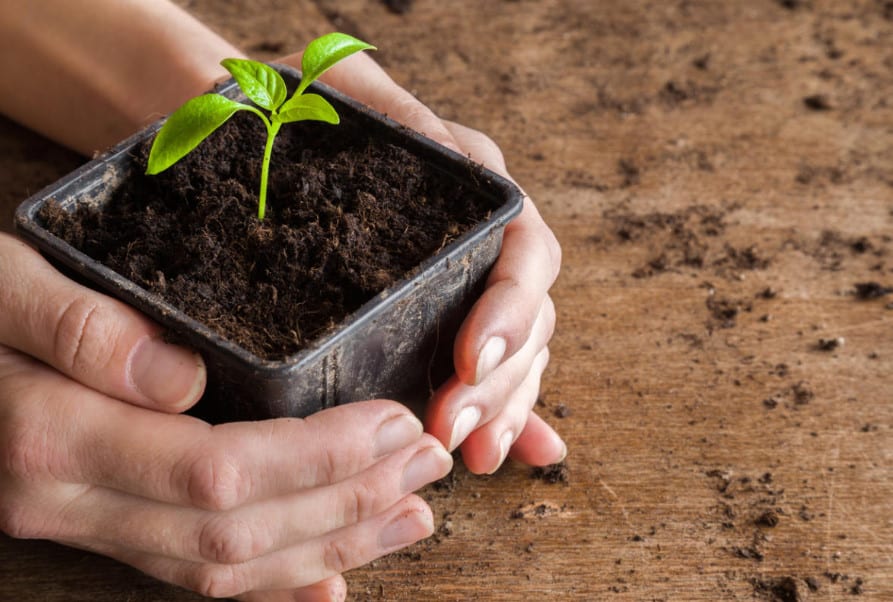
In fact, pepper shoots are also able to quickly emerge from the soil, they just need different conditions. Seeds of some varieties can begin to swell and awaken biochemical processes at a temperature of +10 °C (50°F), seeds of other varieties can perform the same actions only at +13 °C (55.4 °F). Under these conditions, everything that happens to the seed will look like a slow-motion demonstration of the film to the limit: slow-motion shooting of the actors, spreading smiles, incomprehensible facial expressions. Approximately at this rate, pepper will develop, which they decided to grow from seeds under normal conditions on window sills.
Optimum temperature for seedling
Pepper seedlings are very tender, they need a warm and mild temperature. Therefore, the optimal room temperature can be considered +25 °C (77 °F). and it should be constant, pepper does not like sudden changes.
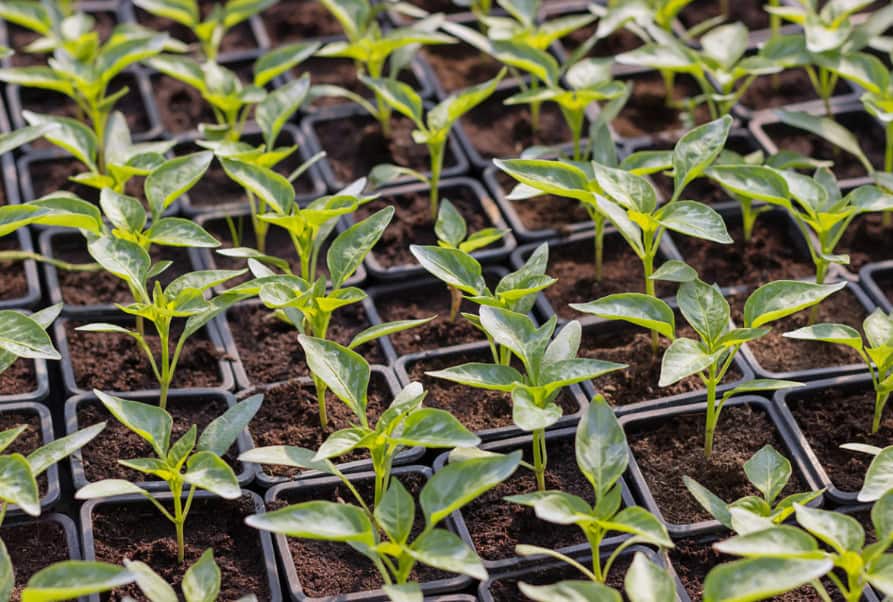
If you put cassettes with seeds in the soil in a warm place, for example, on a closet in a room, and even choose one that is away from the window, then the temperature at the ceiling can be +20 ° C (68°F) or even +25 ° C/77°F (it depends on your heat supplier). Here’s a surprise: after nine days, tiny green loop heads will appear on the seeds.
And now, for the experiment, put one box with pots on the kitchen cabinet, to the ceiling, away from the window, closer to the stove or oven. And you can also attach it to a high shelf in the bathroom, where it is always warmer than in the rooms and even in the kitchen. There will be +30 °C (86°F), and the seeds will germinate on the fifth day, and sometimes they will surprise the gardener immensely by jumping out of the substrate on the third day!
The question is, why “temper” plants at a temperature that interferes with their normal life? Have you tried living in winter with an open window? No? And in vain! To test the strength of pepper seeds in harsh conditions.
Low temperature
The fact is that at a temperature of + 15 ° C (59°F), plants significantly slow down growth, it is worth reducing it by another two degrees – they will stop growing at all, all processes will subside. We know that frosts of half a degree are not dangerous for tomatoes, and peppers die at the same temperature, because the fruits are removed earlier.
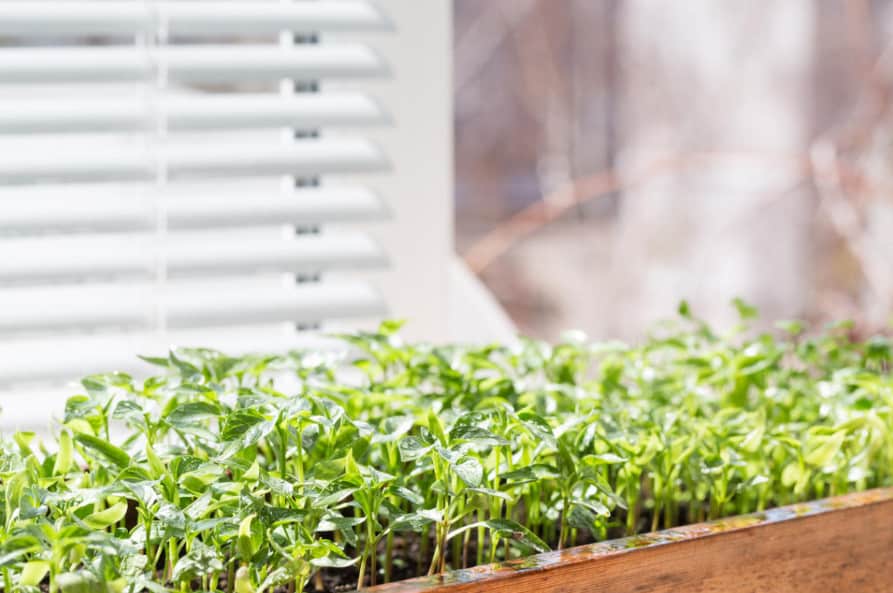
Everyone has seen that sometimes peppers suddenly put on a purple outfit, which agronomists call anthocyanin coloring. It’s also because of the cold. But Bulgarian pepper also has an amazing feature: at the end of August-early September, when eggplants are uncomfortable in the beds, pepper is well done, even grows the last small fruits.
High temperature
Especially high temperature for him is also an obstacle to development. Such situations are possible in the ground or greenhouse, when it is hot, dry both in the air and in the soil. Pepper suffers, can shed flowers and ovaries. To avoid this, it is necessary to protect greenhouse plantings from overheating.
Bell pepper: requirements for light
There are no other plants, except those that live on the seabed, that could put up with a lack of sunlight. There are shade-tolerant, they grow under the canopy of the forest. Pepper does not apply to those!
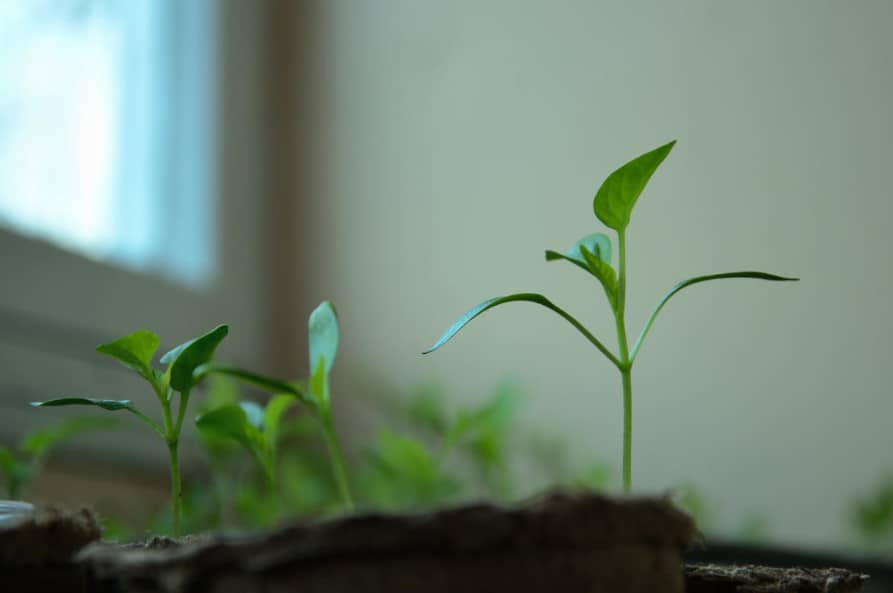
If the summer is sunny, there are few cloudy days, the yield of pepper is growing. This is because this plant is able to absorb carbon dioxide from the air well and retain nutrients only in good light, in other words – with sufficient lighting for fruiting.
I noticed a pattern: with good lighting, the temperature should be higher, and with a lack of light – lower. In numbers, it looks like this: clear, sunny – +30 °C (86°F), cloudy, cloudy – +20 °C (68°F), but no more than +22 °C (71.6°F). If it is very dark, then the photosynthesis processes in the leaves do not go and the plant is forced to spend the stored substance on breathing, so the temperature should be lowered to +15 °C (59°F).
Pepper goes through several stages in her development, like a child: first she lies in diapers, then she sits, then she crawls, only then she walks. If you light the pepper artificially, there is a reduction in the duration of the stages (sometimes 25 days). It’s not bad if daylight is always a certain length.
Pepper likes a short day, so researchers believe that the most optimal lighting is 14 hours. It is in such conditions that pepper grows in the northern regions. The phases are reduced to 40 days. But, as always, there are additional requirements: high air and soil temperatures so that the plant provides itself with maximum nutrition.
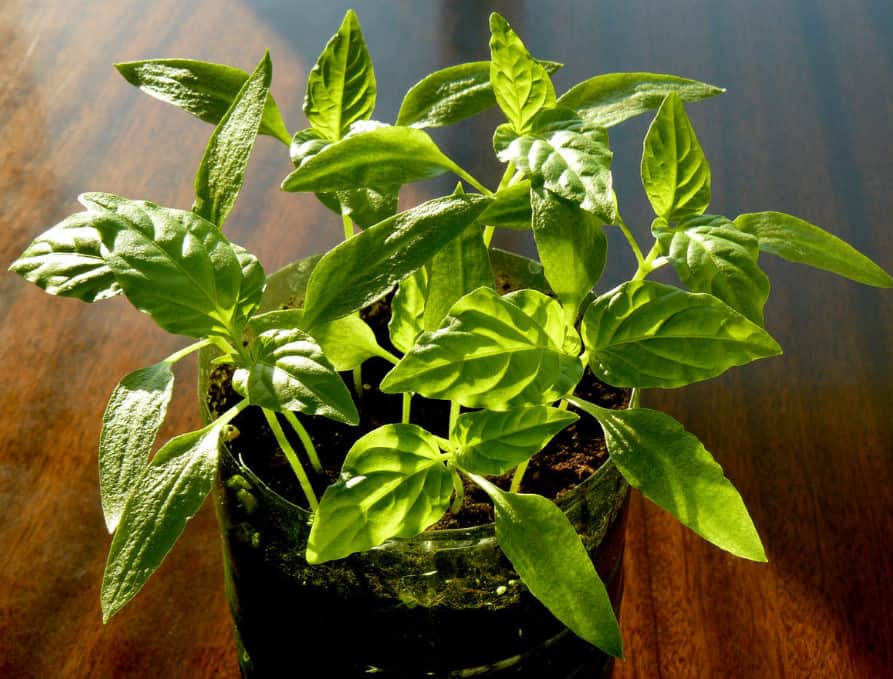
Then the pepper becomes resistant to cold weather, increasing its yield:
- for early varieties , the increase may be 50%, compared to the duration of the day at 18 hours;
- for medium varieties the duration of the day is chosen to last 12 hours;
- for late-ripening varieties it is even shorter – only 7 hours.
This is perhaps the most difficult condition that a gardener must fulfill in order for Bulgarian pepper to bear fruit well. In greenhouses and greenhouses, windows or roofs may be covered with dark materials through which light does not pass.
I hope the article about the biological features of pepper will help you get rich harvests of this crop.
